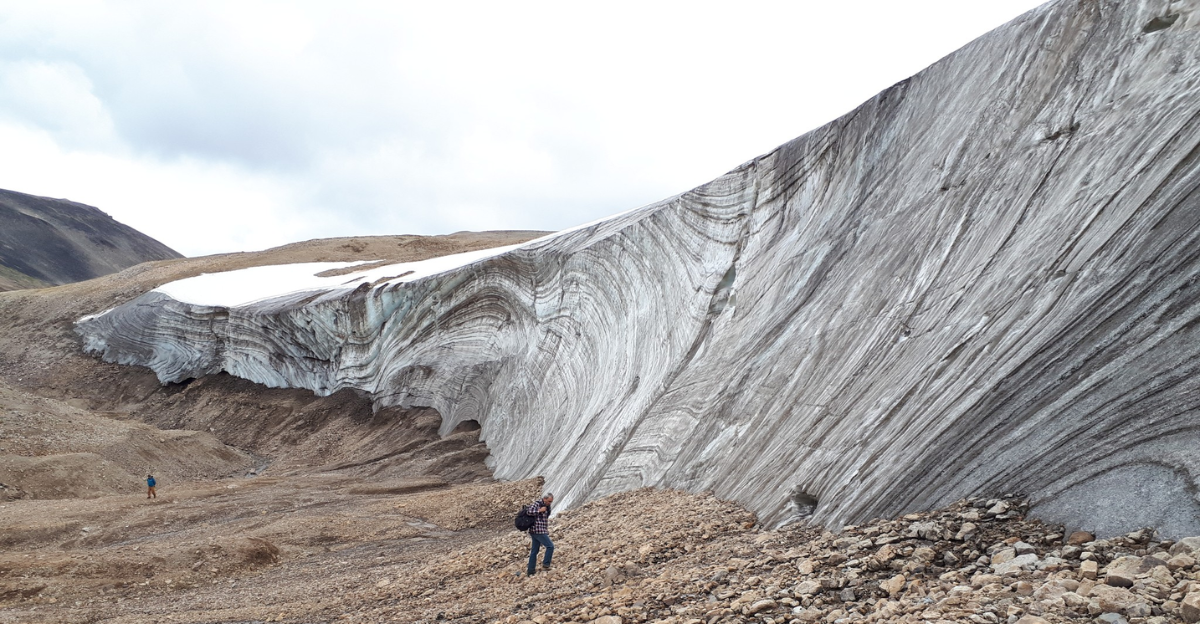
The melting alpine ice of the Rocky Mountains has revealed a stunning archaeological discovery: a 5,900-year-old whitebark pine forest preserved beneath layers of ice. This unexpected find on Wyoming’s Beartooth Plateau has captivated scientists and environmentalists, offering a rare glimpse into past climates. The discovery also underscores the dramatic impact of global warming, which continues to accelerate ice loss in high-altitude regions.
Treasured Trees Uncovered

Located at an elevation of 3,100 meters above sea level, this ancient forest sits 180 meters above the present tree line. The preserved trees provide crucial insights into historical climate patterns, suggesting that temperatures thousands of years ago were significantly warmer than today. Researchers believe that studying these trees will help improve climate models and shed light on how ecosystems respond to shifting environmental conditions.
Discovery of the Ancient Forest
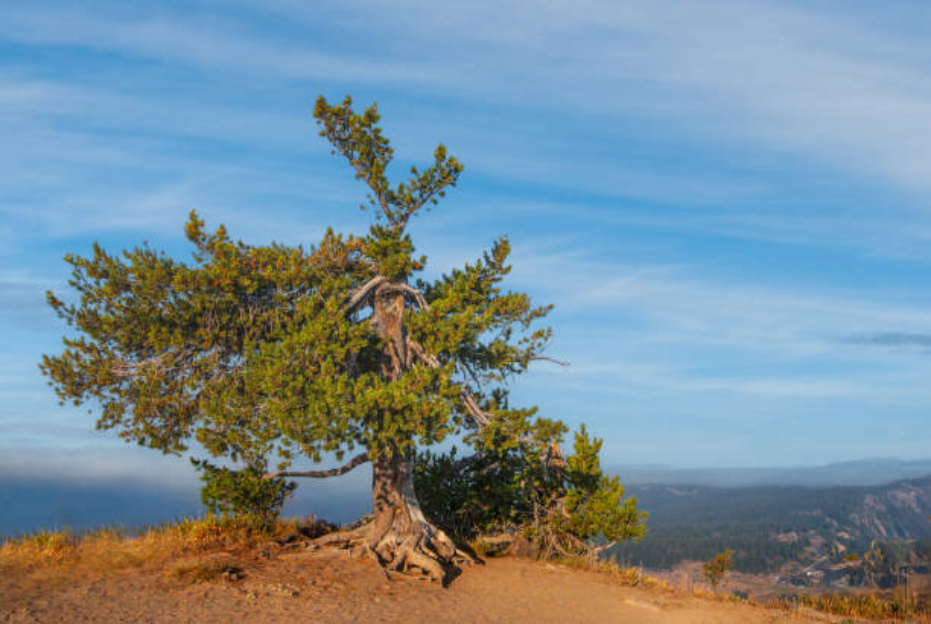
During an archaeological survey, scientists uncovered the remains of more than 30 ancient whitebark pine trees. The exceptional preservation of the wood suggests that the trees were quickly buried by ice and snow, protecting them from decay for nearly six millennia. Radiocarbon dating confirmed that the forest thrived between 5,950 and 5,440 years ago, during a period of natural climate warming.
The World Back Then
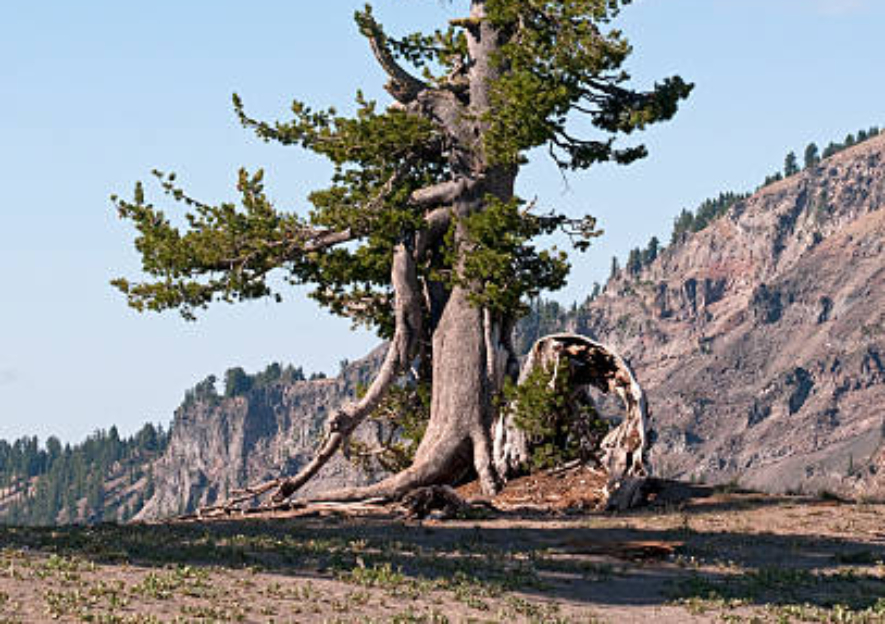
The fact that these trees once grew at such a high elevation challenges current understandings of tree distribution in the past. The discovery indicates that warmer temperatures allowed tree lines to extend further upslope than they do today. As the climate cooled again, advancing ice eventually covered the forest, preserving it until now.
Significance of Whitebark Pine
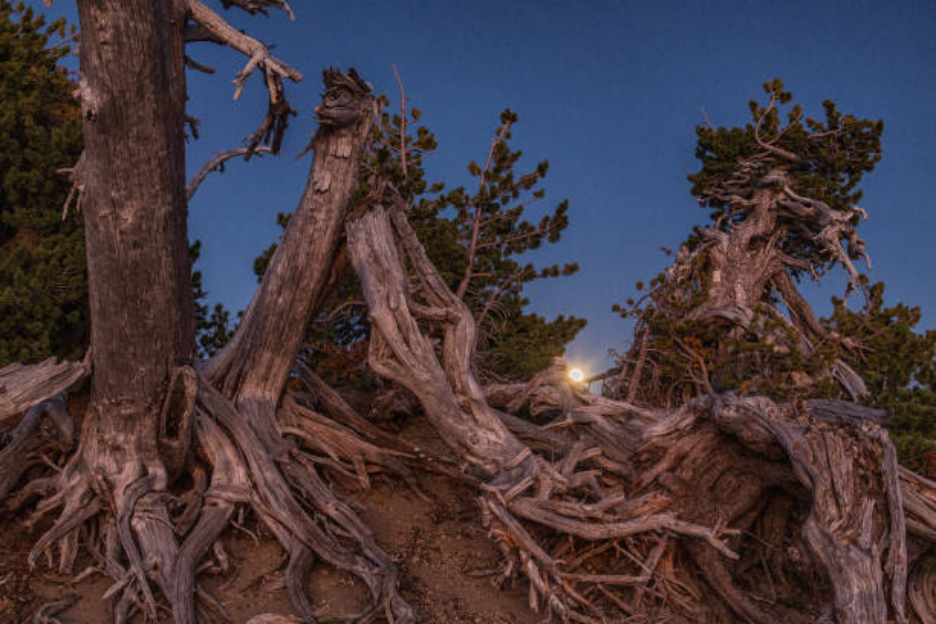
Whitebark pine (Pinus albicaulis) is a vital species in alpine ecosystems, known for its resilience in harsh, cold environments. The tree provides food and shelter for wildlife, including grizzly bears and Clark’s nutcrackers, which rely on its seeds for sustenance. Additionally, whitebark pine forests help stabilize soil and regulate water flow in mountainous regions.
Unfortunately, modern whitebark pine populations are under severe threat due to climate change, disease, and invasive species. The newly uncovered forest offers an opportunity to study the species’ historical adaptability and genetic diversity, which could aid conservation efforts. Understanding how these trees thrived in the past may provide solutions for protecting them in the future.
Climate Implications

The discovery of a whitebark pine forest at such high altitudes provides strong evidence that the mid-Holocene epoch experienced significantly warmer conditions than today. Scientists believe that during this period, global temperatures were higher due to natural variations in Earth’s orbit and solar radiation. The presence of these trees supports the idea that tree lines expanded upward during warm periods.
What The Trees Tell Us

As global warming accelerates today, the retreat of alpine ice is exposing these ancient landscapes, offering a tangible connection between past and present climate shifts. The study of ancient forests like this one can help refine predictions for future climate scenarios by revealing how ecosystems previously adapted to warmer temperatures.
How the Forest Was Preserved
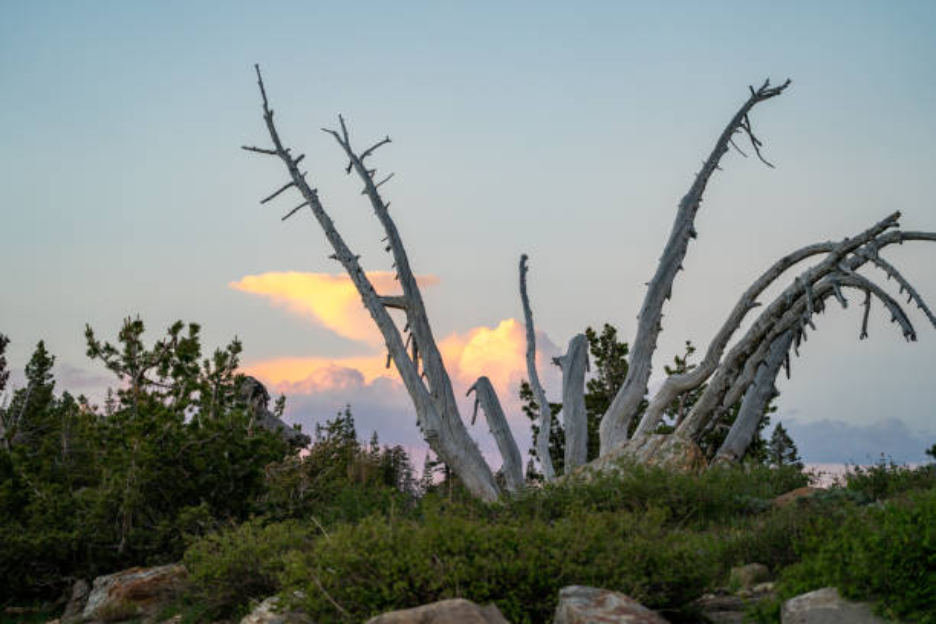
One of the most remarkable aspects of this discovery is the pristine condition of the ancient trees. Unlike typical fossilized remains, the trees have retained much of their original structure, indicating rapid burial by ice. Scientists theorize that a sudden shift in climate led to heavy snowfall and glacial expansion, effectively sealing the forest in ice before decay could occur.
As the ice melts, researchers have a rare opportunity to analyze tree rings, which can reveal detailed information about past climate conditions. These rings contain records of droughts, temperature fluctuations, and atmospheric changes, making them invaluable for understanding long-term environmental trends.
The Role of Ice in Preservation
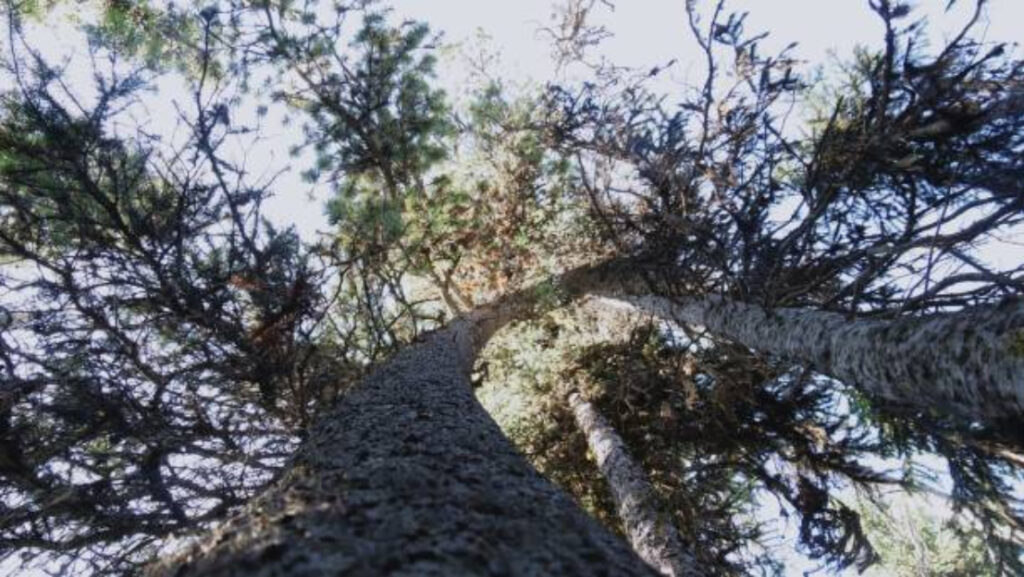
Glaciers and permanent snowfields act as natural time capsules, preserving organic material for thousands of years. The slow but steady retreat of alpine ice in the Rocky Mountains is unveiling landscapes that have not been seen in millennia. However, while these discoveries are scientifically valuable, they also serve as a stark reminder of the rapid changes occurring in Earth’s climate.
Frozen In Time

The loss of ice in high-altitude regions poses risks to modern ecosystems, as species that depend on stable snowpack for water and shelter may struggle to adapt. Studying past climate shifts can help scientists predict future ecological changes and develop strategies for mitigating the effects of warming.
What Comes Next?
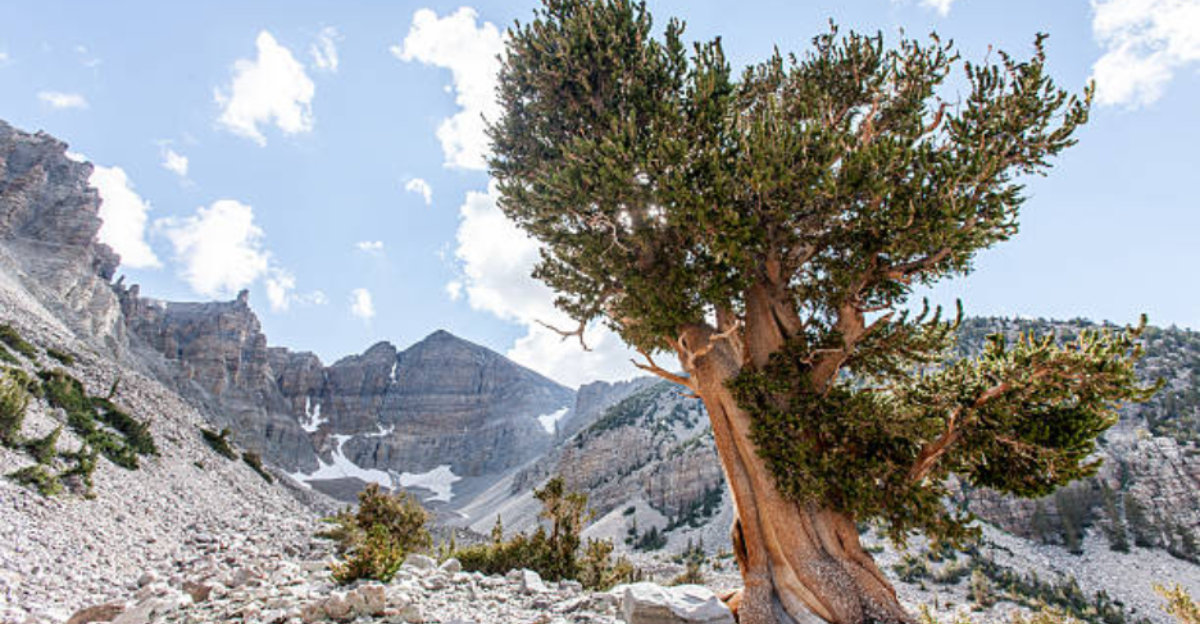
Researchers are now carefully documenting and analyzing the ancient trees, taking samples to determine their exact age and environmental conditions during their lifespan. The findings will be compared with other ancient tree discoveries from across North America to build a more comprehensive picture of historical climate trends.
Additionally, conservationists are looking at the genetic material from these trees to see if any traits could help modern whitebark pines survive current threats, such as blister rust disease and rising temperatures. This research could play a critical role in efforts to restore and protect high-altitude forests.
Modern Relevance and Conservation Efforts
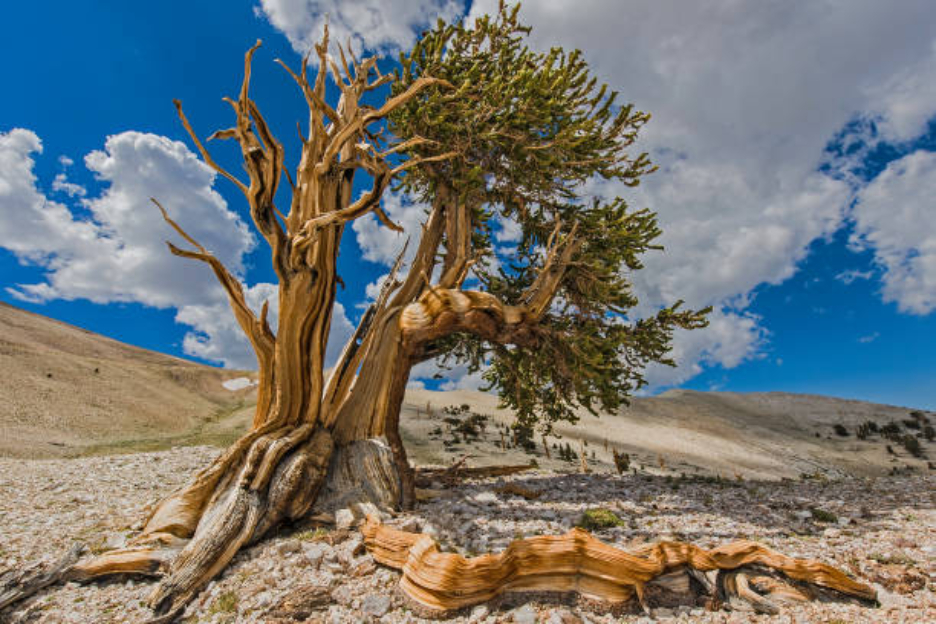
The revelation of an ancient whitebark pine forest holds important lessons for today’s conservation challenges. Whitebark pines are now classified as endangered in the United States due to habitat loss, fire suppression policies, and disease outbreaks. Understanding how these trees thrived in the past may provide insights into their future survival.
Efforts are underway to plant genetically resistant whitebark pines to ensure their long-term survival. Scientists are also studying how changing climates affect modern tree lines, using the ancient forest as a historical reference point. This discovery may help guide reforestation strategies in vulnerable alpine regions.
More To Be Discovered
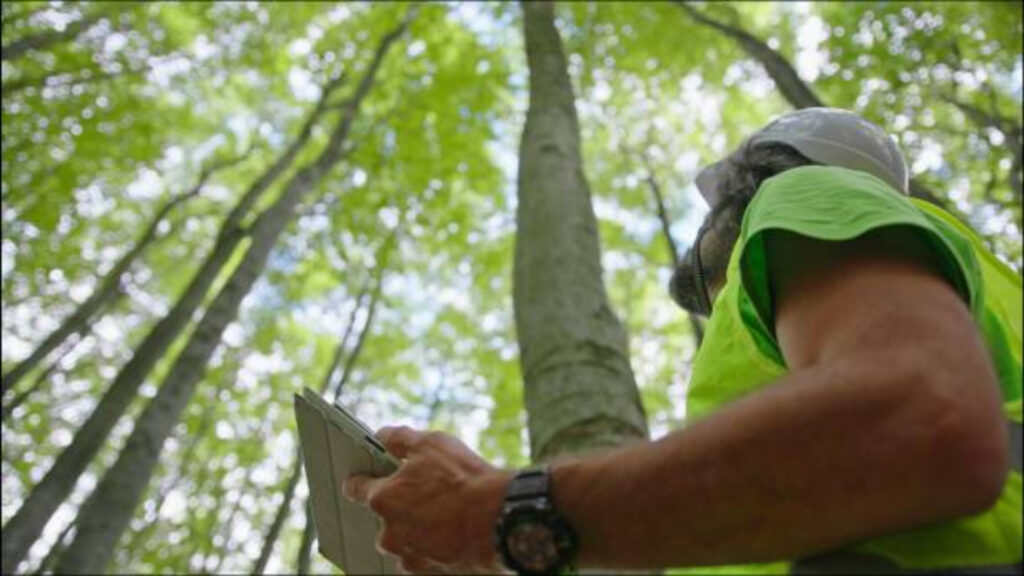
The melting ice of the Beartooth Plateau has revealed a hidden chapter of Earth’s environmental history, exposing a 5,900-year-old whitebark pine forest that challenges previous assumptions about past climate conditions. This discovery serves as both an opportunity for scientific study and a warning about the accelerating impact of climate change on fragile ecosystems.
As researchers continue to analyze these ancient trees, their findings will provide critical insights into climate patterns, species adaptation, and ecosystem resilience. By learning from the past, scientists and conservationists can better prepare for the environmental challenges of the future, ensuring that today’s forests are preserved for generations to come.
Discover more of our trending stories and follow us to keep them appearing in your feed

California Is Breaking Apart: A Fault Line Is Forming Faster Than Anyone Predicted
“There Will Be Eruptions”: Concerns Mount as Yellowstone Supervolcano Activity Shifts
The War on Cows Is Over—And Green Extremists Have Lost
After 800 Years of Silence, This American Volcano Shows Signs of Activity
References:
Reference 1
Reference 2
This article first appeared here
Stay connected with us for more stories like this! Follow us to get the latest updates or hit the Follow button at the top of this article, and let us know what you think by leaving your feedback below. We’d love to hear from you!







